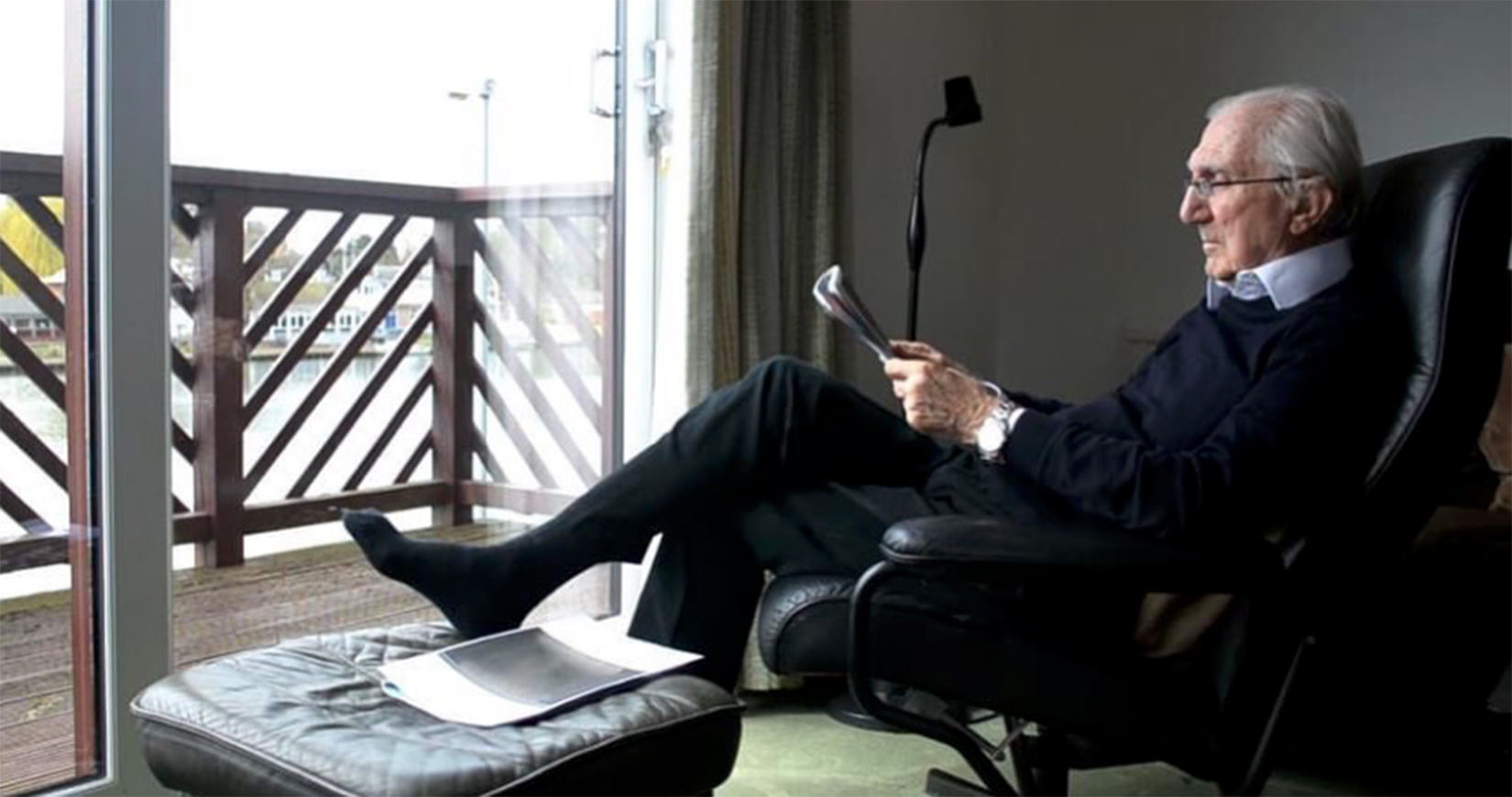Copyright © 2025 Motivate Media Group. All rights reserved.
Celebrated Iraqi architect Rifat Chadirji passed away in London aged 93
Abu Dhabi's National Theatre was one of the key buildings he designed

One of most prominent Iraqi architects and photographers, Rifat Chadirji, passed away late on Friday in the United Kingdom after contracting COVID-19.
Known as the father of modern Iraqi architecture, he designed over 100 building in Iraq and contributed his creative eye to structures beyond his home country. In fact, back in 1977 he also won a competition to design Abu Dhabi’s new National Theatre.
President Barham Saleh and caretaker premier Adel Abdel Mahdi mourned his passing on Saturday. “With the death of Rifat Chadirji, architecture in Iraq and the world has lost its modern lung,” Saleh wrote.
Tributes also came from other prominent architects including Nasser Rabbat who described him on Twitter as: “a thinker, author, critic and rationalist architect with a refined aesthetic sensitivity, he combined traditional elements and constructivism in ultra-modernist compositions.”
Esra Akcan, author and architect, wrote: “Another very sad day for architecture. Let’s preserve and restore his buildings in Iraq that have been destroyed due to wars.”
Chadirji was born in Baghdad in 1926 into an influential family – his father Kamil Chadirji was the founder and president of the National Democratic Party. He studied in London before returning to Iraq in the 50’s. During this period he created one of his most famous works – Monument to the Unknown Soldier in Baghdad’s Firdos Square. In early 1980’s, it was removed to make way for a statue of Saddam Hussein. Chadirji ended up in Abu Ghraib prison, but released by Hussein 20 months later to design a conference centre. He penned his experience in “The Wall Between Two Darknesses”.
Chadirji moved to Beirut a few years later and lived abroad during some of the most difficult years for his country that went through the Iran-Iraq war, the 1990 Gulf War, a decade of international sanctions as well as 2003 US-led invasion that removed Hussein from power. He briefly returned in 2009.
He was also an enthusiastic photographer who captured over 100,000 images of Iraq over the years so there was a visual archive of the changes, many have been exhibited across the Middle East.
Over his long career, he won numerous awards including Aga Khan Chairman Award in 1986 as well as fellowship of the Royal Institute of British Architects and the American Institute of Architects. He also won the Sheikh Zayed Book Award 2008 and Tamayouz Excellence Award 2015 – which has now been named after him.
Main image: Instagram
The Latest
From Private to Public
How ELE Interior is reshaping hospitality and commercial spaces around the world – while staying unmistakably itself
New Episode: In Design With: Ahmed Bukhash
Watch the latest episode on In Design With.
Highlights of the Biennale Architettura 2025
We shine a light on the pavilions from the Arab world at the Venice Architecture Biennale, on display until Sunday 23 November 2025
Read ‘Bold Design’ – Note from the editor – July/August 2025
Read identity magazine's July/August 2025 edition on ISSUU or grab your copy at the newsstands.
Things to Covet in June 2025
Elevate your spaces with a pop of colour through these unique pieces
Designing Spaces with Purpose and Passion
We interview Andrea Savage from A Life By Design – Living & Branding on creating aesthetically beautiful and deeply functional spaces
Craft and Finesse
EMKAY delivers a bold and intricate fit-out by transforming a 1,800 sqm space into SUSHISAMBA Abu Dhabi, a vibrant multi-level dining experience
An Impressive Entrance
The Synua Wall System by Oikos offers modularity and style
Drifting into Summer
Perennials unveils the Sun Kissed collection for 2025
The Fold
Architect Rabih Geha’s collaboration with Iwan Maktabi
From Floorplans to Foodscapes
For Ayesha Erkin, architecture was never just about buildings, but about how people live, eat, gather and remember
















